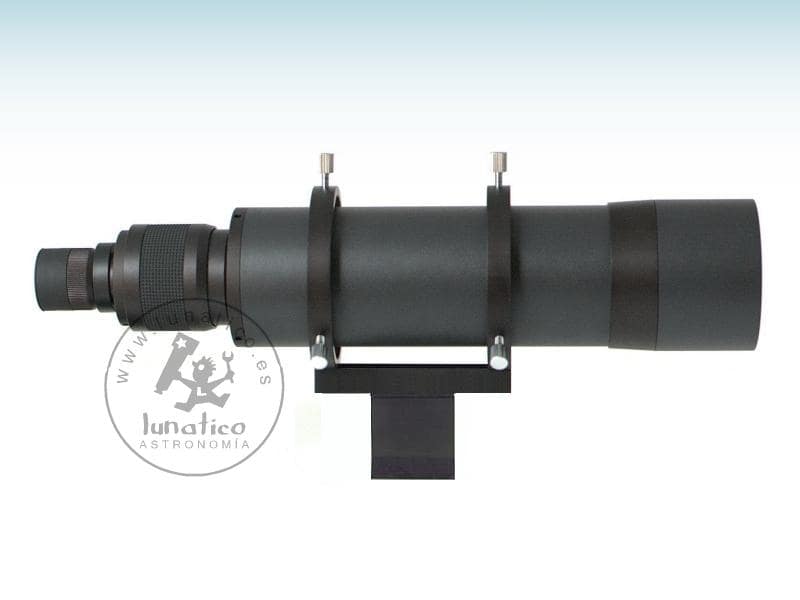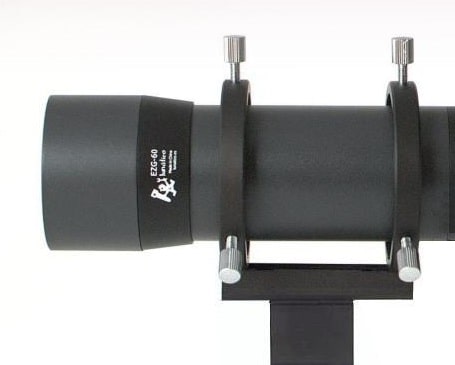Autoguiding is one of the most challenging tasks to master in astrophotography; nowadays, with digital cameras (CCD or CMOS), manual guiding makes no sense, as it is almost impossible to keep the required accuracy, even more with the ever-increasing exposure times everyone is using.
There are quite a lot of misconceptions regarding the ideal scope (and camera) for guiding; enlarging the focal length, sometimes even adding Barlow lenses, is probably one of the most popular.
We believe the easiest way to face this problem is by asking ourselves: what level of accuracy may I or  should I expect from my mount? what will be enough for the kind of images we’re making?
should I expect from my mount? what will be enough for the kind of images we’re making?
If we characterize the guiding error with a measure such as the RMS, as reported by several programs, we could see a good mount will guide with an RMS (for long periods of time) less than one arc-second, less than 0.5 arc-seconds for a very good mount, etc. Obviously we cannot expect to obtain nice images, with good, round stars, at 3 meters focal length and a CCD with 9-micron pixels; but this is inherent to the mount, we are not going to improve it (much to the contrary) loading it with a long, 1.5m guide tube.
Worth mentioning here are differential flexure, wandering mirrors, weak focusers, and other problems: for any guidescope to work, it is of paramount importance that there’s no relative motion whatsoever between the guiding optical system and the guided one. If you cannot tame your optical setup, then the only option is an off-axis guider, but it’s a hard way…
This problem becomes more noticeable the longer the imaging telescope’s focal length, but in no case, a longer guide scope is the solution.
With current software programs, capable of high levels of accuracy determining star centroids, and the guidescope of 60mm diameter (230mm focal length) we are offering, plus a guide camera such as the QHY5 (5.2 micron pixels), having a resolution of 4.7 arc seconds per pixel, we can confidently guide for a RMS under 1 arc second, and this with a really improved image, stable and not seeing-impaired. Actually, seeing can be (and quite often it is) the limiting factor when guiding with long FLs, as most of the time the computer is trying to «chase» the atmospheric turbulences.
There are more advantages to short, fast scopes, such as the ability of finding suitable stars everywhere, as will cover a bigger area, and faster; more stability, not only regarding seeing but also mechanically, being small and lightweight are less prone to flexures and vibrations.

